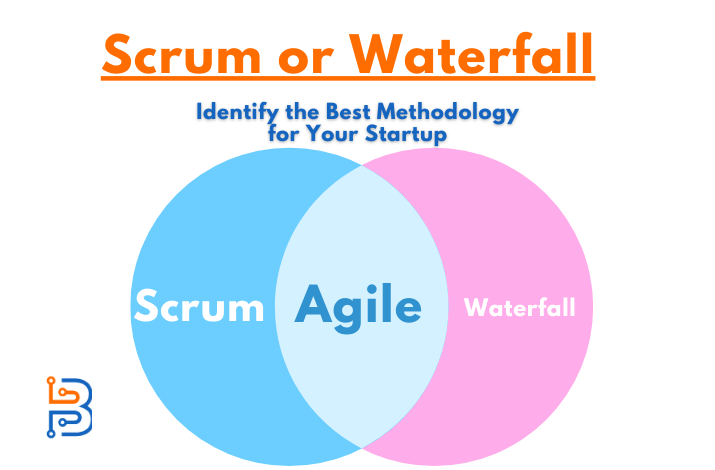Agile Transformation- Top Benefits & Challenges

Business technology adoption has become essential for remaining competitive in this world. Agile transformation in beating the traditional methods is necessary to keep up with rapid changes and growing complexity. Businesses today use agile as a philosophy that promotes flexibility, cooperation, and iterative growth. Agile approaches have transformed many firms, but they also create obstacles.
Agile transformation has several benefits and problems, which are discussed in this article.
What is Agile Transformation?
Agile Transformation is an organization’s endeavour to adopt and implement agile methodologies and principles across its operations, processes, and culture. These methodologies originated in software development but have since expanded to various industries and functions. Further, this becomes possible for their effectiveness in fostering adaptability, collaboration, and responsiveness to change.

The Benefits of Agile Transformation
There are several business processes in which agile methodology plays a vital role in getting better outcomes for the business. Here, you will get to know some of the best benefits of agile transformation:
Enhanced Flexibility and Adaptability
One of the primary advantages of Agile lies in its ability to respond to changes swiftly and effectively. By adopting shorter development cycles and embracing iterations, teams can readily adjust to evolving market demands. This adoption of changes ensures that products or services stay aligned with customer needs. In this way, businesses will be able to stay competitive in the market and get an edge over their competitors.
Customer-Centric Approach
Agile methodologies prioritize customer feedback and involvement throughout the development process. This makes sure that the end product meets or exceeds customer expectations to enhance the satisfaction level of customers. This process leads to better conversion rates and increased loyalty of the customers, which will help to retain customers.
Improved Quality and Transparency
Through frequent testing and iteration cycles, agile promotes early bug detection and rectification in business processes that mostly software handles. This iterative strategy enhances the overall quality of the deliverables to boost customer satisfaction without any bugs. In addition, transparent communication within cross-functional teams improves collaboration and understanding of project goals to effectively complete projects.
Faster Time-to-Market
The iterative nature of agile enables quicker releases of functional parts of a project. This allows businesses to introduce valuable features earlier to align their products with customer demands and preferences. Further, this speed-to-market advantage often leads to a competitive edge and better adaptability to market changes.
Empowered Teams and Morale
Agile encourages self-organizing, cross-functional teams. Team members have a sense of ownership and responsibility, boosting higher engagement and motivation among team members. Empowered teams often yield innovative solutions and drive overall project success.
Challenges in Agile Transformation

However, the journey towards agile isn’t without hurdles, but these hurdles are manageable. Here, you will get to know some challenges that businesses will encounter during agile transformation:
Cultural Resistance and Mindset Shift
You need to understand that shifting from a traditional hierarchical structure to agile requires an influential cultural transformation. Resistance to change, lack of buy-in from leadership, and ingrained processes can impede the shift towards agile values and principles. Further, these factors become a main hurdle in the way of adaption of agile transformation.
Scaling Agile Across Large Organizations
While agile works seamlessly in small teams, scaling it across larger organizations poses a challenge. Coordinating multiple teams, ensuring alignment, and maintaining consistency in processes become more complex. These components often lead to fragmentation or inconsistency in the process of agile transformation.
Balancing Structure with Flexibility
Finding the right balance between a structured framework and agile’s flexibility is challenging for a business. Too much rigidity might stifle creativity, while excessive flexibility leads to lack of direction. Moreover, these components are responsible for the deletion of agile transformation.
Skill Gaps and Training Requirements
Adopting agile methodologies requires a shift in team members’ skills and mindsets. Teams require training to adapt to new practices, tools, and ways of collaboration, which temporarily dips productivity. Thus, businesses have to face team inefficiency to adopt agile transformation.
Measuring Success and Progress
You need to know that traditional metrics may not effectively measure the success of agile projects. It is essential for you to understand that finding appropriate KPIs to gauge progress, productivity, and business value becomes crucial. However, this has become challenging for businesses to face.
Overcoming Challenges for Successful Transformation
These challenges need to be addressed for easy and effective agile transformation. Here, you will get to know some of the best methods to overcome these challenges:
Leadership Support and Alignment
Leadership commitment and sponsorship are fundamental for successful Agile transformation. When leaders model Agile behaviours and support the cultural shift, it perfuses through the organization more effectively.
Iterative Approach to Transformation
Similar to agile development, the transformation journey should also be iterative. Breaking down the transformation process into smaller achievable steps allows for continuous improvements and adjustments based on feedback.
Invest in Training and Development
It is also helpful for you to understand that providing adequate training and resources to employees is crucial for a smooth transition. Upskilling teams on Agile practices and fostering a learning culture will empower them to embrace the change more effectively.
Tailoring Agile to Organizational Needs
Adopting Agile doesn’t mean a one-size-fits-all approach. Organizations need to adopt agile methodologies to suit their unique context. This considers factors like company size, industry, and existing processes.
Continuous Evaluation and Adaptation
Regular retrospectives and evaluations are vital to identify areas for improvement. Adapting agile practices based on lessons learned and evolving requirements ensures sustained success.
Final Verdict
Thus, it can be considered that an Agile transformation is a continuous process and not a one-time implementation. Though it has numerous opportunities and guarantees, its realization is accompanied by specific difficulties. Agile implementation is a social change management process that entails active participation from stakeholders in an organization and change acceptance across all organizational departments. They include; As with these obstacles overcome, it’s possible to unlock a company that is more attuned to the customer, and more able to adapt as a result of it.



